Gamifying Training: How to Use Leaderboards and Competition to Drive Performance

Gamifying Training: How to Use Leaderboards and Competition to Drive Performance
Introduction
In the world of athletic development, consistency and engagement are just as important as programming. Coaches often face the challenge of maintaining athlete motivation over the long haul. While training sessions may be designed for peak performance, without internal drive and focus, progress can stagnate. One increasingly effective strategy to overcome this challenge is gamification.
Gamification is the application of game elements such as scoring, competition, and rewards in non-game environments. In the context of strength and conditioning, this means using tools like leaderboards, point systems, and performance targets to inject energy and purpose into training. This blog will explore the psychology behind gamification in sports training, offer practical methods for integrating it into your program, and explain how real-time data tools like Perch make it all possible.
Why Gamification Works in the Weight Room
Gamification works because it taps into human psychology. Athletes are naturally competitive and driven by achievement. When you incorporate structured games or challenges into the training environment, you activate key motivational systems in the brain.
Some of the core reasons gamification is effective include:
• It triggers dopamine responses associated with accomplishment and recognition
• It provides clear, immediate goals and feedback
• It promotes intrinsic motivation by turning effort into a measurable challenge
• It enhances engagement and reduces perceived exertion
In a team setting, gamification also fosters camaraderie and accountability. Athletes support each other, track progress together, and celebrate individual and collective achievements.
Leaderboards: A Simple but Powerful Tool
One of the most impactful gamification strategies is the use of leaderboards. These can be digital or physical displays that show performance metrics across a team or group. The leaderboard might track weekly bar speed, peak velocity, volume consistency, or even attendance.
Leaderboards create healthy competition and give athletes something tangible to strive for. When used with purpose and positive reinforcement, they help athletes:
• Set personal goals
• Compete in a friendly and motivating way
• Feel recognized for consistent effort
• Engage in self-evaluation and improvement
For example, a weight room leaderboard might highlight the top five athletes in bar speed consistency during a velocity-based squat session. Another might showcase the athlete who maintained the highest average power output during the week. These recognitions do not require new programming. They simply shine a light on behaviors and outcomes you want to encourage.
Using Perch to Power Gamified Training
Technology like Perch makes it easy to gamify training in a data-driven way. Perch uses a camera-based system to track bar speed and other performance metrics in real time. The data is instantly displayed on a tablet, giving athletes immediate feedback after every rep.
By tracking metrics such as mean velocity, peak velocity, and volume consistency, Perch allows coaches to create leaderboard categories that align with program goals. Some examples include:
• Fastest average bar speed on squats this week
• Most consistent velocity across all work sets
• Highest peak power output during Olympic lifts
• Least drop off in velocity from first to last set
These metrics can be used to build weekly or monthly competitions that recognize both performance and effort. Because the data is collected automatically, coaches do not need to manually input numbers or manage spreadsheets. This makes it scalable even in larger programs.
Fostering Team Culture Through Competition
Gamification is not just about individual performance. It is also a powerful way to strengthen team culture. When athletes train together in a competitive but supportive environment, they become more invested in each other’s success.
Here are some ways to promote team culture with gamification:
• Create partner or group challenges based on combined metrics
• Reward effort and consistency, not just peak performance
• Rotate leaderboard categories so different athletes have opportunities to shine
• Use team-based goals like 90 percent of the group hitting velocity targets
• Celebrate achievements publicly during team meetings or post-session recaps
This approach ensures that gamification enhances unity rather than creating division. Athletes cheer each other on and take pride in the team’s overall progress.
Gamification Without Overemphasis
It is important to strike a balance when gamifying training. If athletes become too focused on leaderboard rankings or competition, they may sacrifice technique or disregard their individual readiness. Coaches should emphasize that the leaderboard is a tool for motivation, not the only measure of success.
Here are a few ways to maintain that balance:
• Include technique and quality as part of leaderboard criteria
• Remind athletes that every rep counts, even if it is not the fastest
• Use qualitative feedback alongside metrics to guide development
• Reinforce long-term improvement rather than daily rankings
When implemented thoughtfully, gamification becomes a catalyst for better training habits without compromising athlete well-being.
Conclusion
Gamifying your strength training program with leaderboards and competition is more than a motivational tactic. It is a strategic way to increase athlete engagement, drive performance, and reinforce a positive team culture. By giving athletes immediate feedback, visible goals, and shared challenges, you foster an environment where excellence becomes the standard.
With tools like Perch, integrating gamification into your weight room is easier than ever. The technology captures and displays performance metrics in real time, allowing you to build custom leaderboards and challenges that match your coaching philosophy.
Start small, focus on consistency, and keep athlete development at the center. When gamification is used intentionally, it transforms training from something athletes do into something they own.
CTA: Want to bring energy and competition to your weight room? Learn how Perch can help gamify your training sessions!
Sources
- Deci, E. L., & Ryan, R. M. (2000). The "what" and "why" of goal pursuits: Human needs and the self-determination of behavior. Psychological Inquiry.
- Wulf, G., & Lewthwaite, R. (2016). Optimizing performance through intrinsic motivation and attention for learning. Current Directions in Psychological Science.
- McGonigal, J. (2011). Reality is Broken: Why Games Make Us Better and How They Can Change the World. Penguin Books.
- Ives, J. C., & Shelley, G. A. (2003). Psychophysiological perspectives on stress response and training adaptation. Strength and Conditioning Journal.

Start Gathering Data With Perch Today!
Reach out to us to speak with a representative and get started using Perch in your facility.

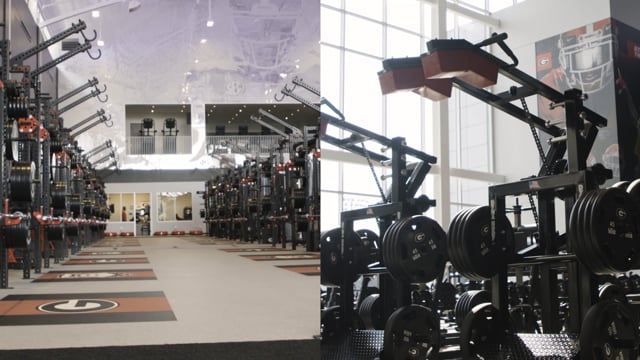
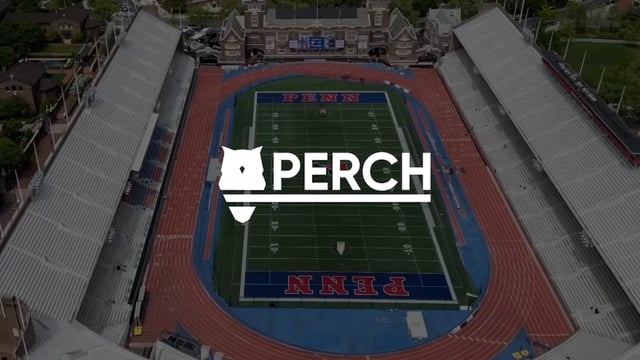

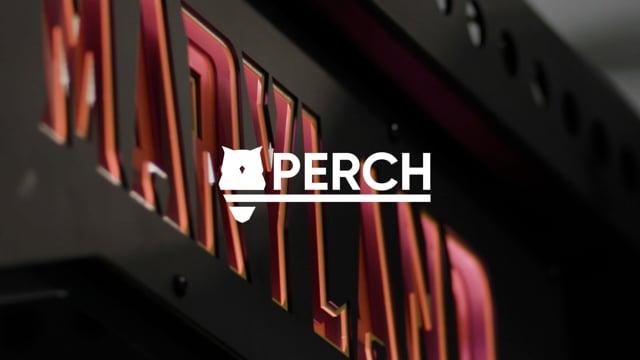
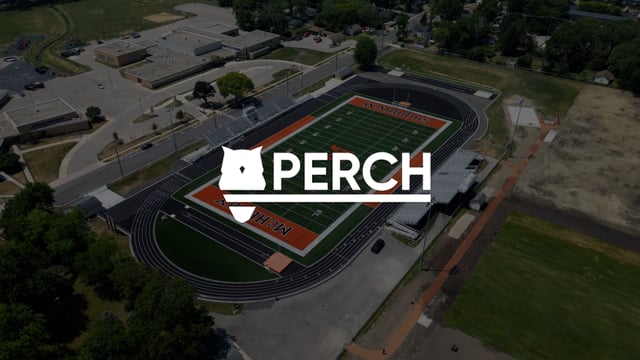
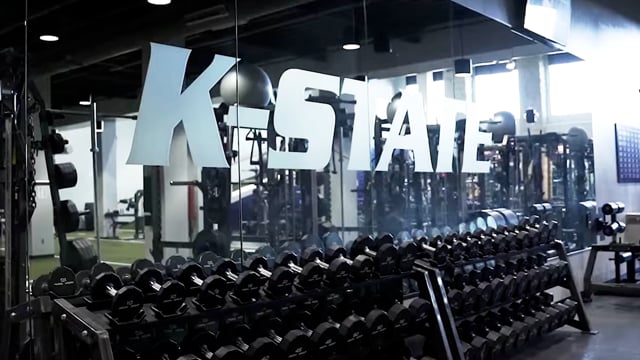

































































.avif)

































